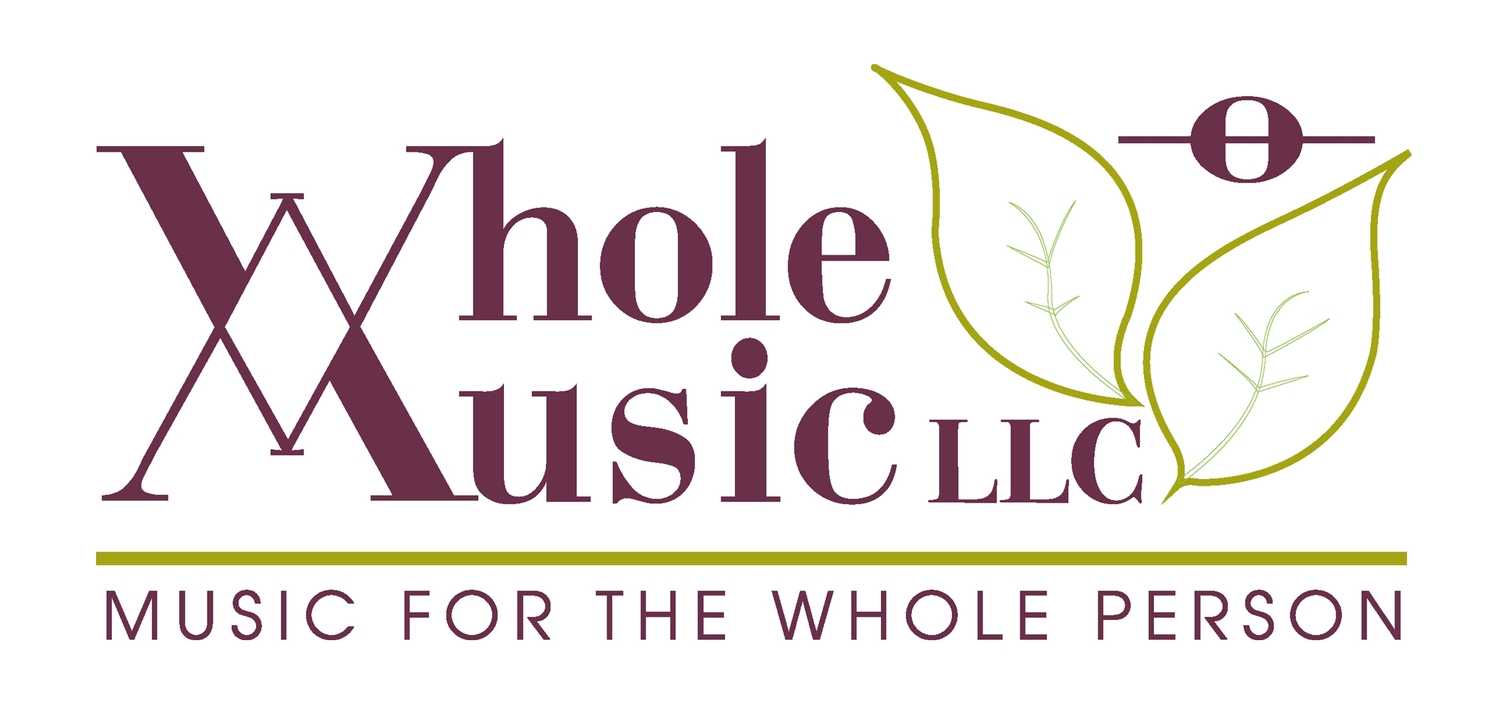Improvisation is Good for You
Improvisation is Good for You
What happens in the brain when we improvise?
What’s the first thing you did when you first got close to a piano? You probably did what every little kid does; plunk around the keyboard and marvel at the sounds coming from it: let’s try this side – oh now the notes are higher! Now this side – big low notes: Hmm… let’s mix it up a little: what do the black ones do..
While the effect of this ‘musical product’ on the brain of the listening adult may be a splitting headache prompting an attempt to distract the child to a quieter activity, what’s happening in the brain of the ‘performer’, it turns out, is quite amazing.
Fast forward a few years, and now the child can actually play. What’s happening in the developed musical mind? An interesting new study by Dr. Charles Limb, associate professor of Head and Neck Surgery at John’s Hopkins University - a musician himself who holds a faculty position at the Peabody Conservatory, shows in detail the changes that occur in the brain while improvising.
Using a specially designed keyboard, Limb and his associates looked at the brains of accomplished jazz pianists as they “traded fours” (exchanged improvised musical phrases) while in an fMRI (Functional Magnetic Resonance Imaging) machine and showed how this activity activates language areas of the brain. One of the implications of this research is that the musical brain processes syntax and meaning in ways that are different from that of ordinary speech.
It also shows that the musicians “turned off” the self-censoring areas of the brain - a process that bore a resemblance to dreaming, where the brain’s self-monitoring turns off and its creative side runs freely in an unconscious state.
The implications for the rest of us are compelling: Improvising at any level of proficiency can help stimulate creative “out of the box” thinking, problem solving, alleviate writer’s block, and much more.
Limb also notes how by cutting arts from school we are undermining kids’ ability to learn these skills: “We tend to look at education of creative aspects of children as something that happens incidentally and that is entertainment-based, . . . Art may be one of the best ways to train the brain to have this kind of creative fluency,” Limb said.
Next, Limb plans to study the brains of children with no previous arts exposure (like our first-timer above) to learn how improvisation can support learning and creative growth.
What’s the upshot then? Simple. Do play around. Don’t judge what comes out. Let your mind flow freely: It turns out that this unstructured activity can be as valuable as traditional practice to support your goals, musically and beyond. For kids, allow them to experiment freely (as difficult as the results may be to listen to…) it’s not only allowing them a sense of personal ownership of their music and motivating them to play more, it’s actually helping them become better thinkers and problem solvers!
For more great articles on the power of improvisation check out our website, and for more about the neuroscience of improvisation and Dr. Limb’s work check out:
http://blogs.kqed.org/mindshift/2014/04/the-link-between-jazz-improvisation-and-student-creativity/
http://faculty.washington.edu/chudler/music.html
http://www.livescience.com/43509-brain-music-language.html
http://www.peabody.jhu.edu/past_issues/fall08/the_science_of_improv.html






